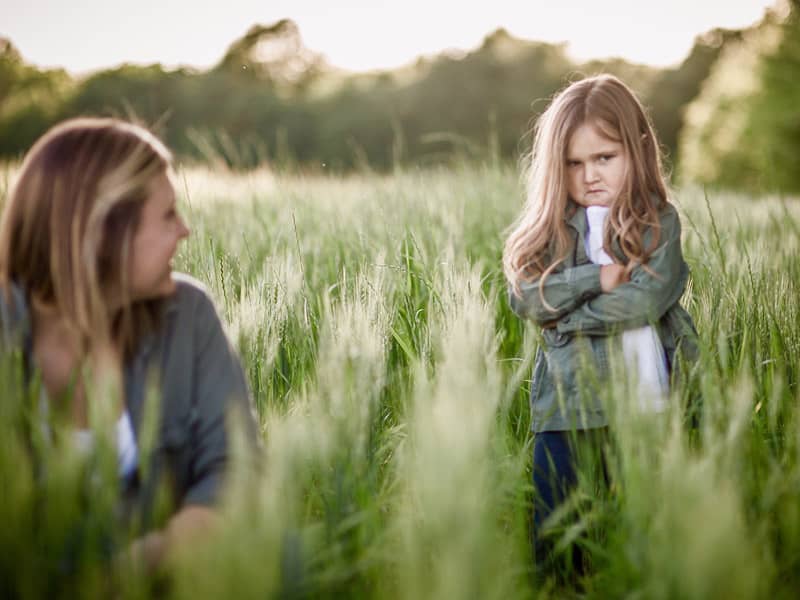My husband and I learned before our baby was born that our baby was going to die. I was five-and-a-half months pregnant when I learned that my baby had a malformed heart, and the condition was fatal. That doesn't give away the end of the story. It gives away only the beginning.
What followed was an extraordinary journey of grief, joy, and love as we waited with Gabriel, simultaneously preparing for our son's birth and for his death. Despite some wrenchingly aggressive surgical options, no one could give our son a good heart. So we set out to give him a good life.
Our guiding principle as we made decisions for our son's care was that his life be free of pain and filled with love. And it was. The months of waiting for his birth culminated in two-and-a-half hours of cradling Gabriel in our arms, in the same bed where he was born, surrounded by family and friends until his imperfect little heart finally stopped beating altogether.
He knew only love.
After the diagnosis, I remembered reading in one of the metro newspapers about a local company that sold literature and other materials for people facing a crisis in pregnancy or infant death. One of the owners started the company as a branch of his publishing business after his daughter was stillborn and he realized that few resources existed for people suffering similar losses. I even ordered a catalog once after a friend had a miscarriage. At the time, I paged through it, scanning the book titles and gazing at the birth-death announcement cards, thinking that it was the saddest thing I had ever seen.
Now I needed it for myself. I dug through my papers, and sure enough I had saved it all those months. Reading it was even more heartbreaking this time. There was a slender baby book specifically for babies who die, because no bereaved parent wants a regular off-the-shelf baby book with pages to record firsts that will forever remain empty. This book featured the usual pages on which to record the baby's family tree and birth statistics, along with pages for handprints, footprints, and a lock of hair. But it also had a page on which to paste a funeral program and a page with a heartbreaking fill-in-the-blank sentence that read, "Our baby died on _______________."
I turned the page and saw a striking watercolor of a child's hand touching the palm of an ethereal hand of God. It reminded me of Michelangelo's Creation of Adam from the Sistine Chapel ceiling, especially now that the frescoes have been restored to their original vibrant hues. The inscription on the card read: "Let the children come to me! Do not stop them, because the Kingdom of God belongs to such as these."
I knew at that moment that I wanted to use that illustration and that Gospel passage to announce Gabriel's birth. It suited our circumstances perfectly. We were going to let Gabriel come to God.
A day or so after Gabriel's funeral, the girls were swinging on the swing set and playing in the backyard. I was wandering aimlessly along the path of paving stones in the yard, feeling terribly heavy and terribly empty at the same time.
"Mommy, look at the butterfly," Elena said.
Oh, really, a butterfly. Isn't that nice.
I was not interested.
She insisted. So I wearily stepped closer and saw the strangest butterfly I have ever seen, resting on the ivy. It was asymmetrically colored, the left half strikingly different from the right. One side had the coloring of a normal monarch, mostly orange with black accents, while the other half seemed almost entirely black.
In a rush it flew right toward me and landed on the center of my chest.
Could the flight of that butterfly help explain Gabriel's life? Did he gather energy from his brief visit here?
Not until later did it occur to me that the butterfly's asymmetrical left and right sides might somehow symbolize Gabriel's heart. Only then did I realize that the butterfly had landed directly over my own.
I always thought butterflies were used as a sort of saccharine greeting-card sentiment about death. I would have infinitely preferred that Gabriel stay in his cocoon on earth with the rest of us, thank you very much.
I didn't learn until more than a year later that many people report (or keep to themselves for fear of being thought crazy) unusual experiences with butterflies following the death of a loved one. The Compassionate Friends group uses a butterfly as its symbol, featuring one on the cover of its magazines. Other people report unusual coincidences involving eagles or even red cardinals.
Maybe they're not coincidences.
Read more: New approaches for grieving parents

